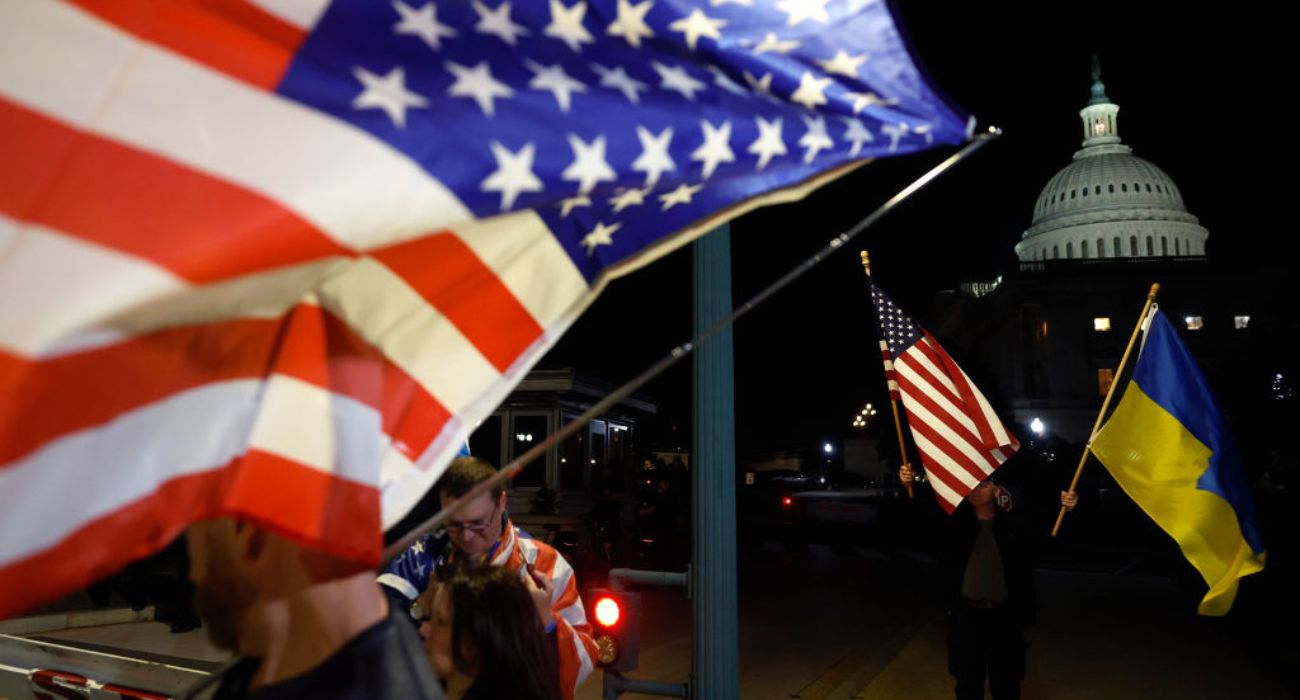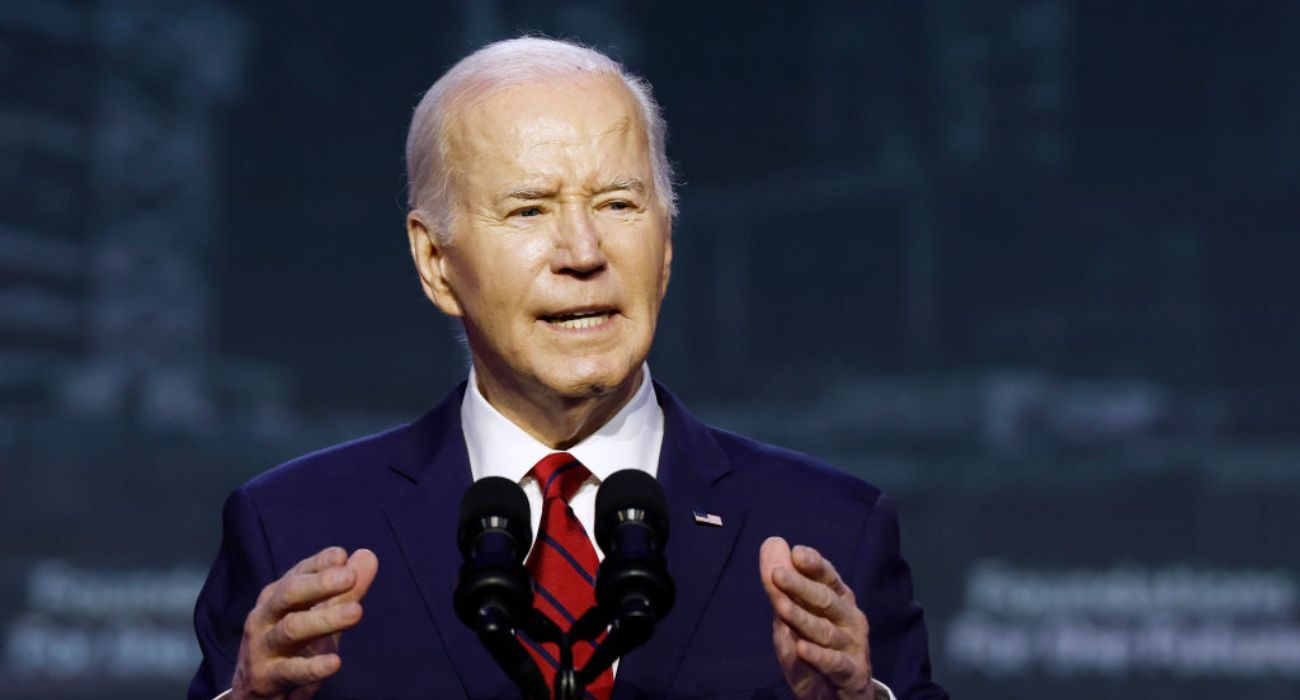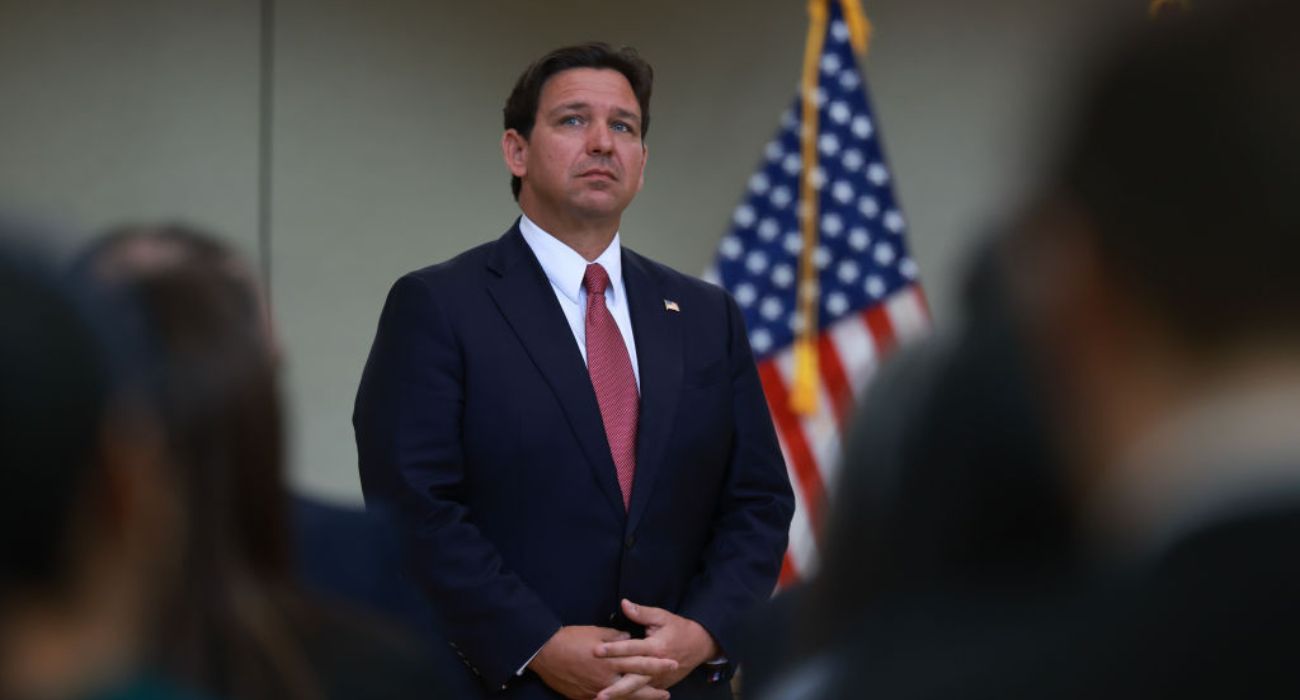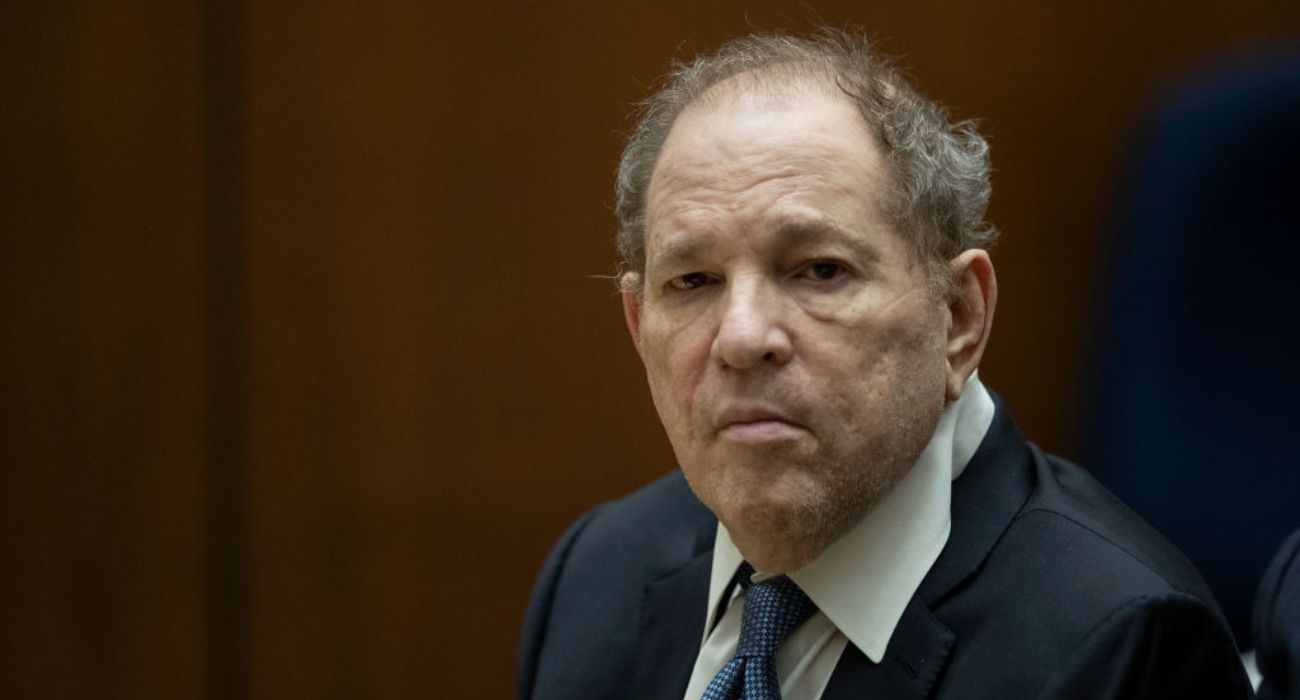Since July, the threat of a strike of over 115,000 railway workers has loomed large.
Dozens of labor unions representing the workers are poised to strike over scheduling issues, as reported in The Dallas Express, should the way be cleared for such action by the federal government.
Under the Railway Labor Act, Congress can impose a “solution” based on a proposal by an emergency board appointed by the president. It can also order the railways to operate as usual.
The last time railway unions went on strike was in 1991, and the stoppage lasted only one day, as Congress quickly stepped in to resolve the conflict and get the nation’s railroads moving again. Then-President George H.W. Bush was famously awoken at 1 a.m. to sign the legislation into law, ending the strike.
Since January 2020, railroads and their unions have been embroiled in a dispute over wages and health care benefits.
Even with the intervention of the National Mediation Board, an independent federal agency designed to help settle labor agreement disputes specifically for the railway and airline industries, the negotiations did not produce a resolution.
A railway strike would be catastrophic for an ailing economy already suffering from runaway inflation and could spell political disaster this close to the November national elections.
Just days after the July vote by the railroad unions, Biden appointed an emergency board commissioned to devise the framework of a settlement agreement between the railway and its workers within 30 days.
Each party would then have another 30 days to review and negotiate the details of the board’s proposal.
Thursday, September 15, marked the end of that 60-day period of intervention by Biden’s emergency board, and no agreement has yet to be made. A strike appeared imminent.
But, keeping in the tradition of late-night resolutions to railroad labor disputes, the White House released a statement at 5 a.m. announcing a “tentative agreement” had been reached between the parties.
In the tentative deal, workers will receive a 24% compounded wage increase over the next five years, with a 14.1% hike occurring immediately.
Additionally, workers will receive a lump sum of at least $5,000, which can go as high as $11,000 when retroactive wage increases are factored in.
However, the tentative deal does not address the scheduling issues that have largely animated roughly half the railway workers threatening to strike.
A statement issued on September 11 by two of the biggest unions involved in negotiations read:
“Penalizing engineers and conductors for getting sick or going to a doctor’s visit with termination must be stopped as part of this contract settlement. Let us repeat that, our members are being terminated for getting sick or for attending routine medical visits as we crawl our way out of [a] worldwide pandemic.”
Brotherhood of Locomotive Engineers and Trainmen president Dennis Pierce stated, “It’s the primary outstanding issue, one we won’t budge on — the request that they stop firing people who get sick.”
Once referred to as “Amtrak Joe” for taking the train every day to D.C. as a U.S. senator, President Biden became more engaged in the negotiations late in the final night after reportedly leaving much of the work to U.S. Labor Secretary Marty Walsh.
Despite deferring to Walsh to lead, the White House maintained that Biden was “engaged and briefed throughout.”
A White House official told Yahoo News that Biden called into the negotiations around 9 p.m. and pushed them to “once again to recognize the harm that would hit families, farmers and businesses if there was a shutdown.”
“They earned and deserve these benefits,” Biden said in his Thursday morning announcement. “This agreement is validation that unions and management can work together — can work together — for the benefit of everyone.”
He also called the agreement a “big win for America,” even as it remains unclear whether the unions’ rank-and-file will vote to adopt the deal.






